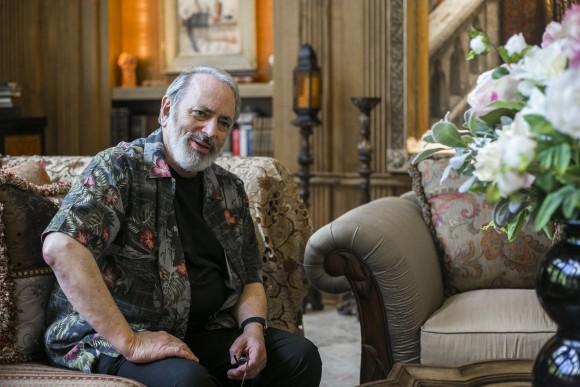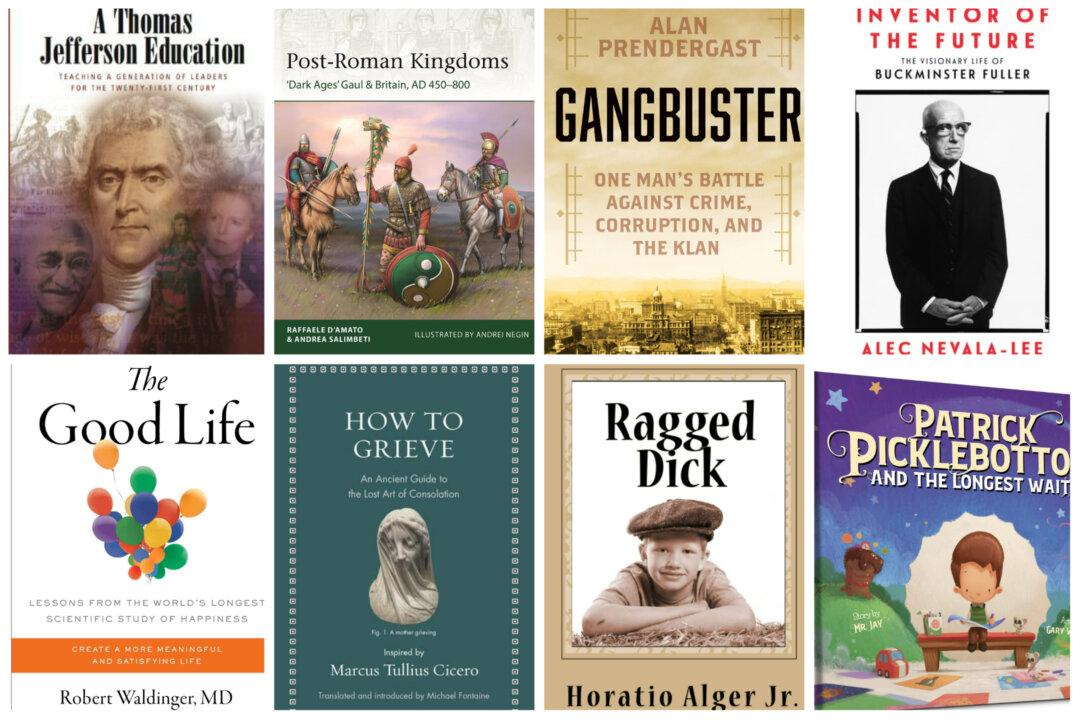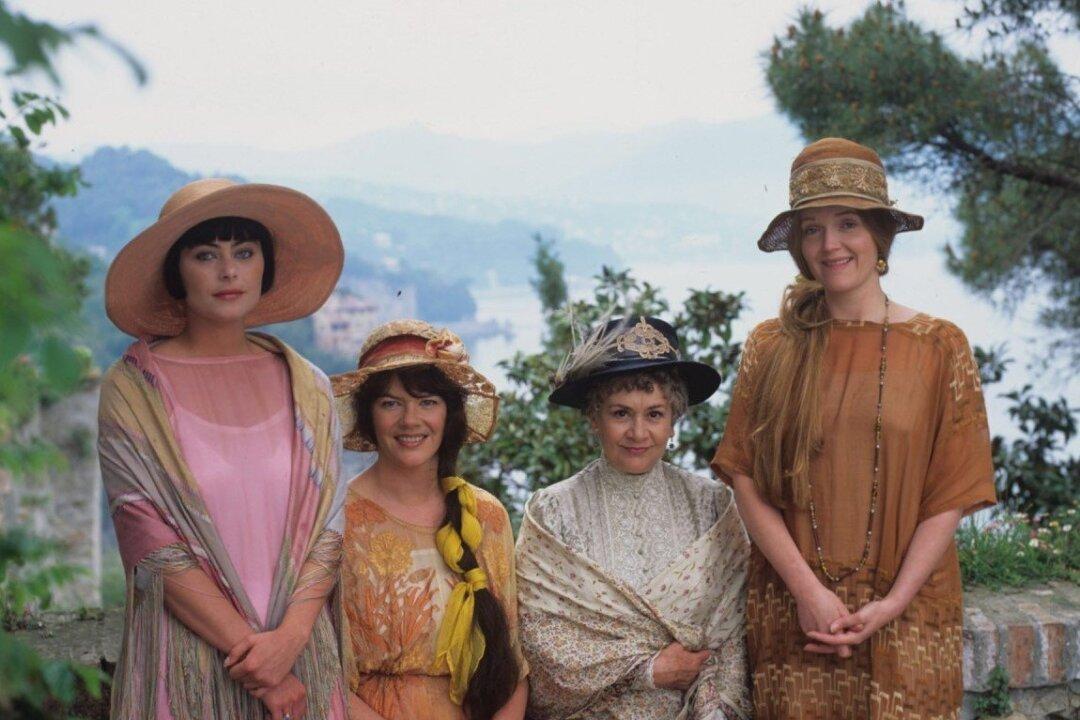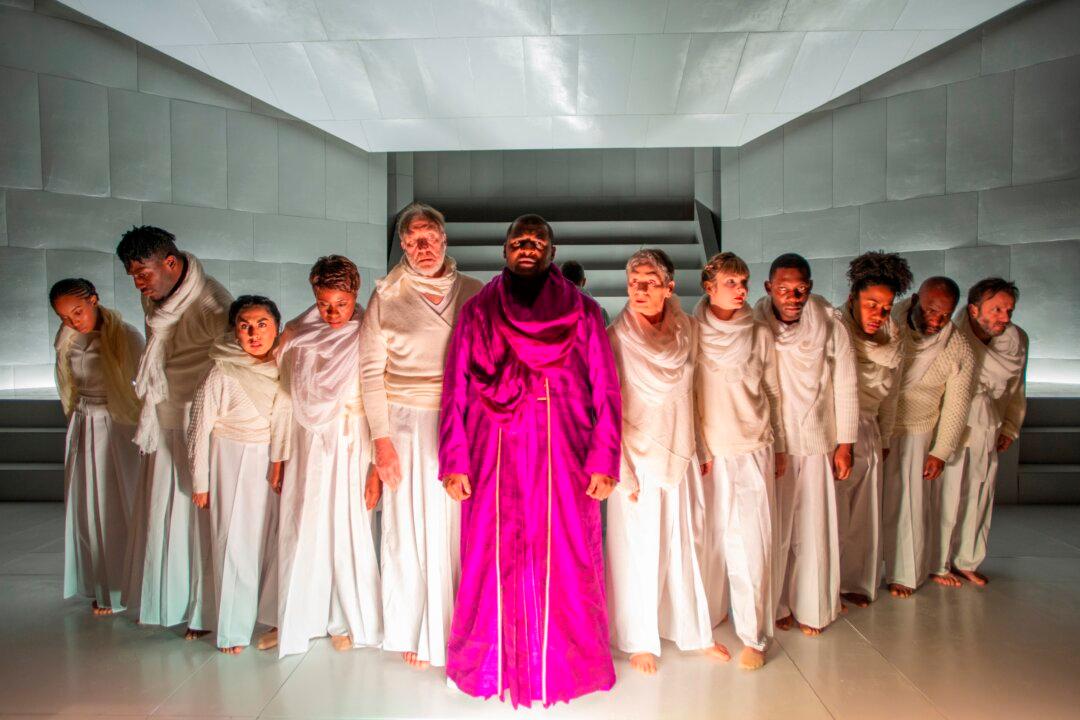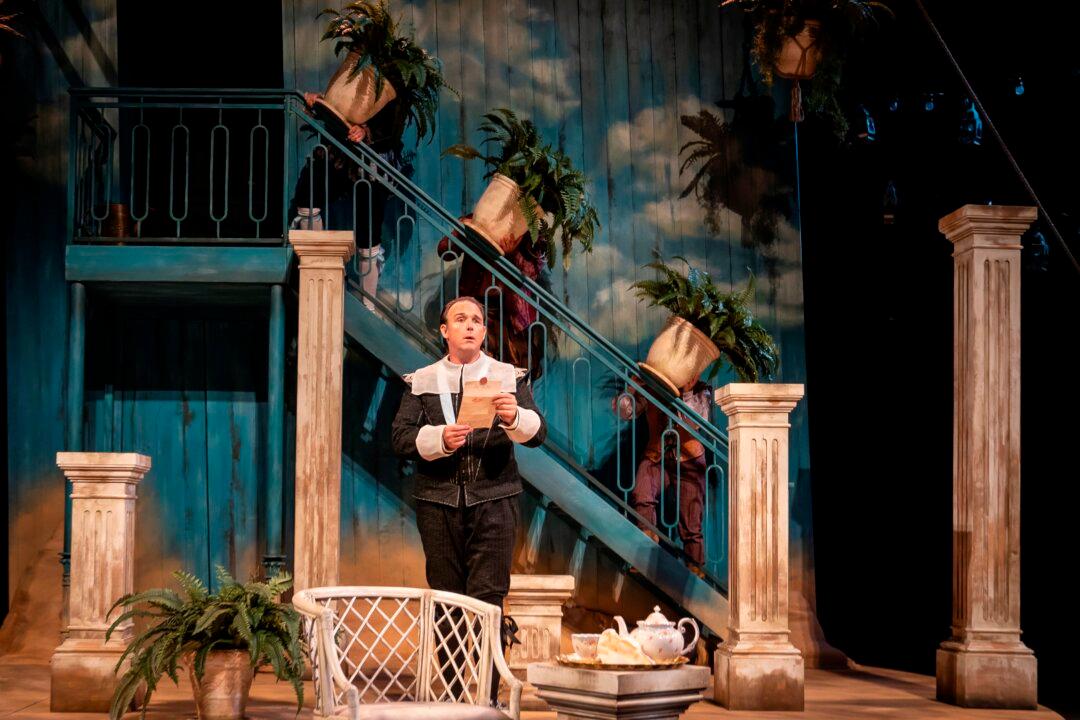Art collector and businessman Fred Ross had completed his master’s in art just a few years before when, in 1977, he stumbled across the painting “Nymphs and Satyr“ by William-Adolphe Bouguereau—a moment that would change his life.
Ross was so taken with the painting he was “frozen in place, gawking with my mouth agape, cold chills careening up and down my spine,” as he wrote on the Art Renewal Center (ARC) website.
At this point, he needed to get his bearings. Who had painted this masterpiece? Why hadn’t he known this piece before? When he looked at the date, 1873, he couldn’t understand why he hadn’t been taught about this master artist in school.
Our Changing Views on Art Education
In the last half-century, it seems that few attempts have been made to hold on to the classical methods of producing fine art, or even seeing it. According to Arthur Efland in his essay “Art Education in the Twentieth Century,” this may be due to the tendency in education to swing back and forth between focusing either on the arts or on the sciences. Depending on the social issues of the time, we have focused on either the “objective detachment and precision” of science or the “affective engagement and participatory learning” through art.
In the 1960s, President John F. Kennedy’s administration began funding the Arts and Humanities program, which arose with the beginnings of the counterculture movement. By 1968, the United States saw a two-fold increase in the number of art teachers graduating from college, according to Mary Ann Stankiewicz, professor of art education at Penn State.
Later, in the 1980s, when the United States struggled to maintain technological superiority to the Soviets and economic superiority to the Japanese, the pendulum moved to the other side, with a more analytical approach. The J. Paul Getty Trust attempted to bring art education to all K-12 children, not just to those talented artistically. The center for the education in the arts focused not on artistic expression, but on art as means to enhance general education, asking that art criticism, history, and critical theory should be included in the curriculum.
Reeling from the idea that art education should be more intellectual in approach, some Florida and New York art teachers in the 1990s mounted a defense highlighting the social and cognitive benefits of hands-on creation, including enhanced empathy, creativity, self-esteem, and analytic abilities. Art projects seeped into all subjects and were seen as a means of problem-solving, according to The New York Times.
Today, it’s hard to get a fix on what goes on in classrooms. The Department of Education released an updated report on art education in 2009–2010 that included data on how many schools offered visual arts education—whether the teachers were specialists or only classroom teachers, how often and how long they taught—but nothing on what was taught.
If we consider those who are awarded for their contributions to art education, we find some piecemeal evidence that the classics are no longer being taught.
In 2000, Kay Schempp won the Teacher of the Year award in Connecticut. In her acceptance speech, she emphasized that creativity is her driving force both in life and in teaching, and her tools included whatever governmental standards, “multicultural, interdisciplinary feminist, and postmodern” subject matter, were at hand.
Last April, the Louisiana educator Barbara Clover was named Art Educator of the Year by the National Art Education Association (NAEA). In her classroom, she introduced juniors and seniors to modern and postmodern works—not traditional art. So highly esteemed is this kind of art education that last May, Ms. Clover was honored for her achievements by President Barack Obama.
A New Movement
The teaching of modern and postmodern art to the exclusion of classical art is what Ross discovered when he began to research Bouguereau. Ross found that not only had Bouguereau—the most famous painter of his era—been dismissed later by the world of modern art and by art educators in the 20th century, but so had all of Bouguereau’s colleagues, as well as traditional skills for drawing and painting.
